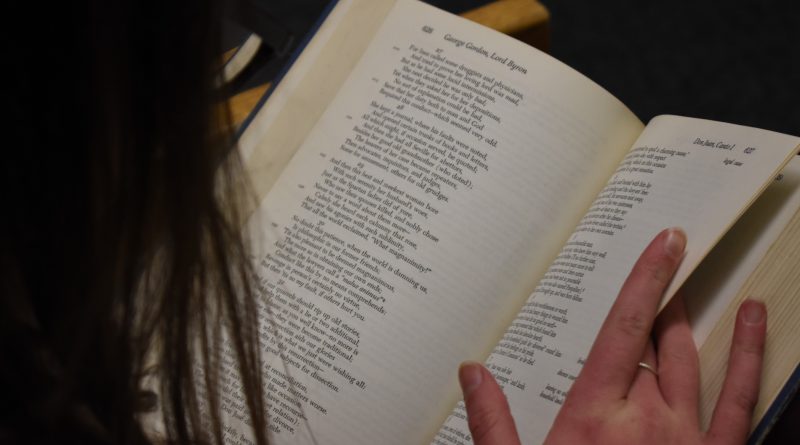Multiple grading systems offer benefits and drawbacks
High school students all across the nation are worrying about grades and handling the stress that comes along with high expectations. With plenty of universities demanding a nearly perfect GPA, grades are of the utmost importance. These grades, however, are achieved by a grading system that accounts for the theoretical representation of a student’s abilities.
Henry Clay follows the traditional grading system (A=100-92, B=91-83, etc.). Paul Laurence Dunbar [PLD] has implemented a standards-based grading system in which formative assessments, such as homework and classwork, are worth little percentage wise. PLD social studies teacher Allison Roberts has been using the system for years.
“My teaching style had to change from a teacher-driven classroom to a student-driven classroom,” Roberts said. “Instead of me being the judge, I can become the coach.”
Roberts also saw a change between the communication amongst students and teachers. Students are now more concerned with the understanding of the subjects they’re learning, rather than the grade they receive up front.
“In the standards-based grading world, your motivation is that you want to learn,” Roberts said. “It makes it less meaningful when we have to attach a number.”
HC maintains the traditional grading system, and staff members are confident that the system aids students to succeed and develop. College and Career Coach Vincent Bingham supports the traditional grading system.
“I have not had any complaints with the grading system,” Bingham said. “I’ve spoken to a lot of students, and when they speak of their grades they just talk about them in general and wanting to get them up.”
Bingham has said that he believes the traditional system is efficient due to the fact that students just need to work hard to achieve what they want.
“It’s as fair as it can be,” Bingham said. “It is equitable. Everybody can succeed and have good grades with this grading scale. The resources are available to succeed.”

Dunbar’s data shows grades students received with the new system. While the 2016-17 school year marks the switch, the 2017-18 school year is the first year where standards-based grading was fully in place. As the data shows, it has proven to be a positive fix, with grade increases. It is also clear to see how the percentage of failing grades has declined since the switch.
While it’s clear Dunbar has made progress, many students still prefer the traditional.
“[HC’s grading system] definitely challenges the students,” HC Senior Allison Andrews said. “They have to actually try. It gives them a very accurate score of how they’re doing in a class.”
“When you come up with an innovation, not everyone is going to get behind it,” Roberts said.
